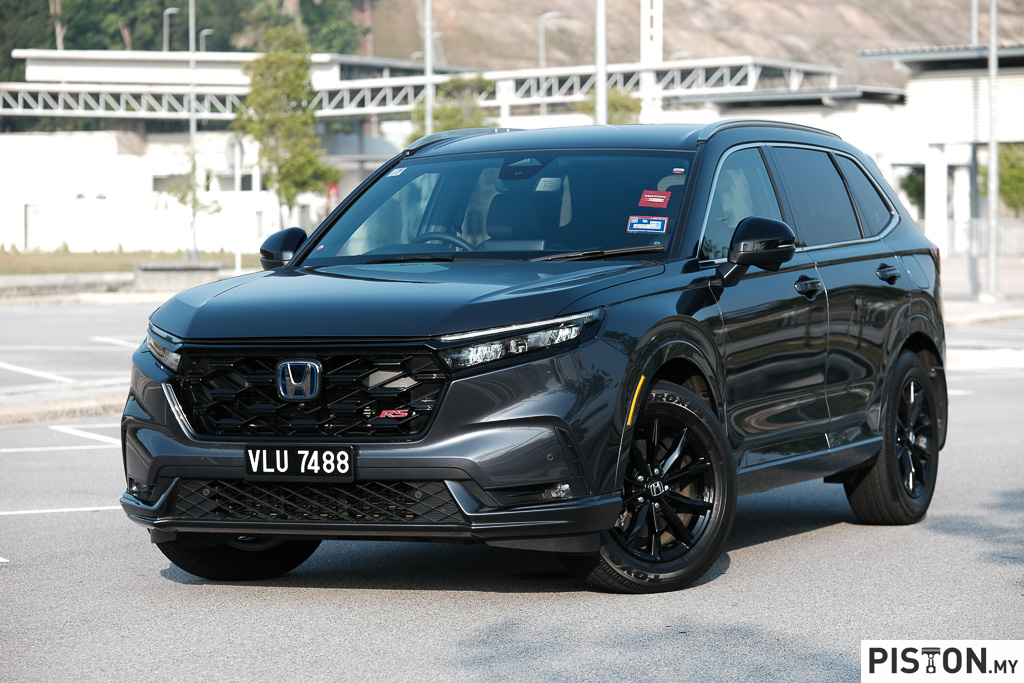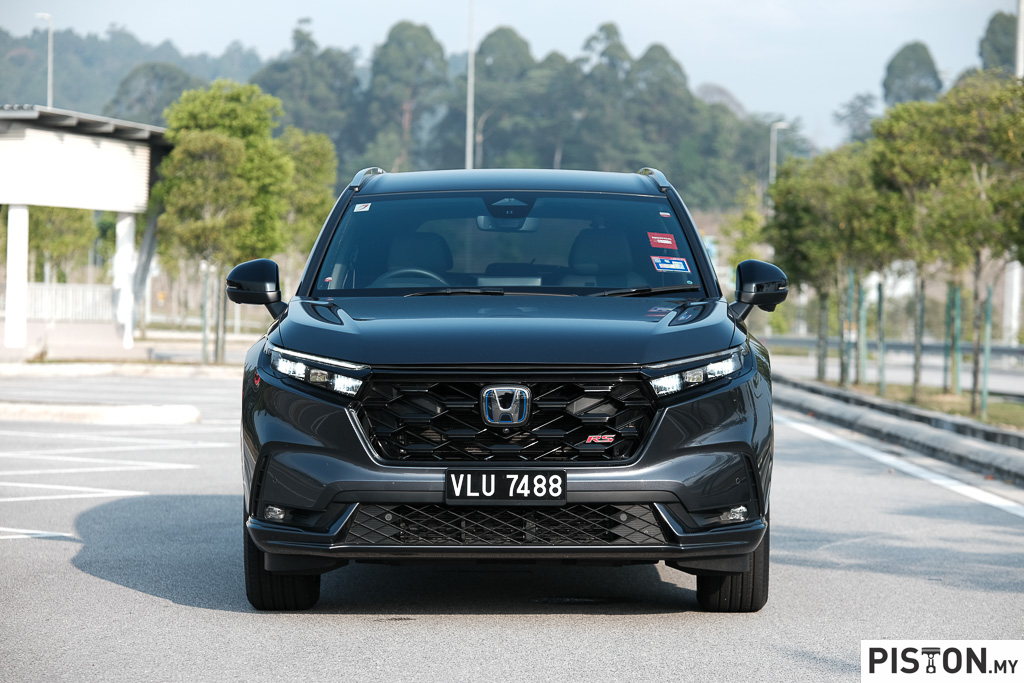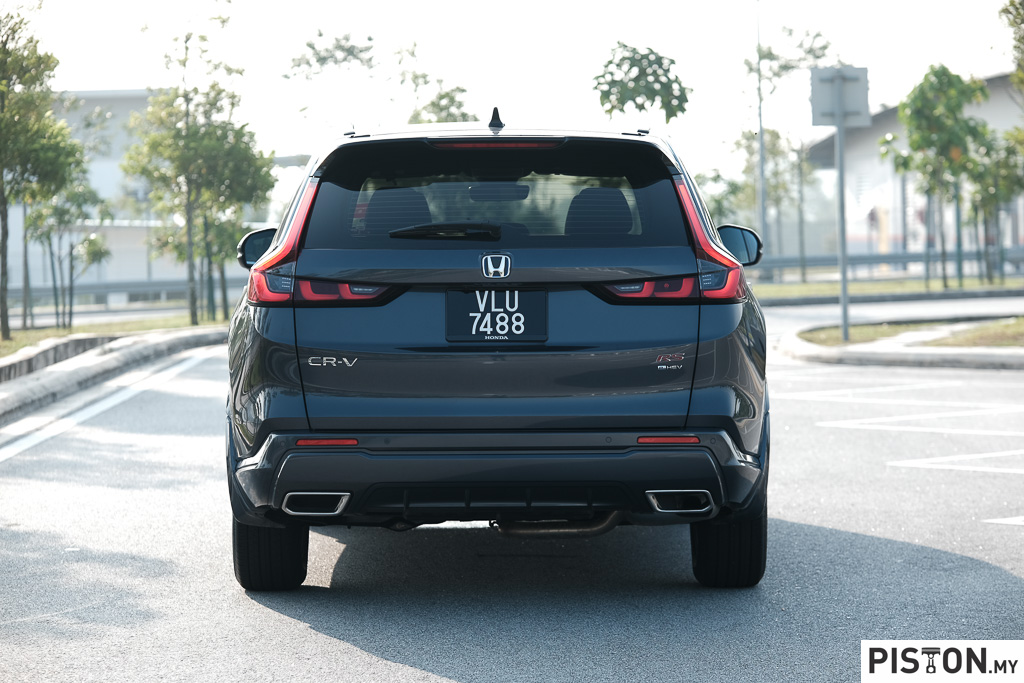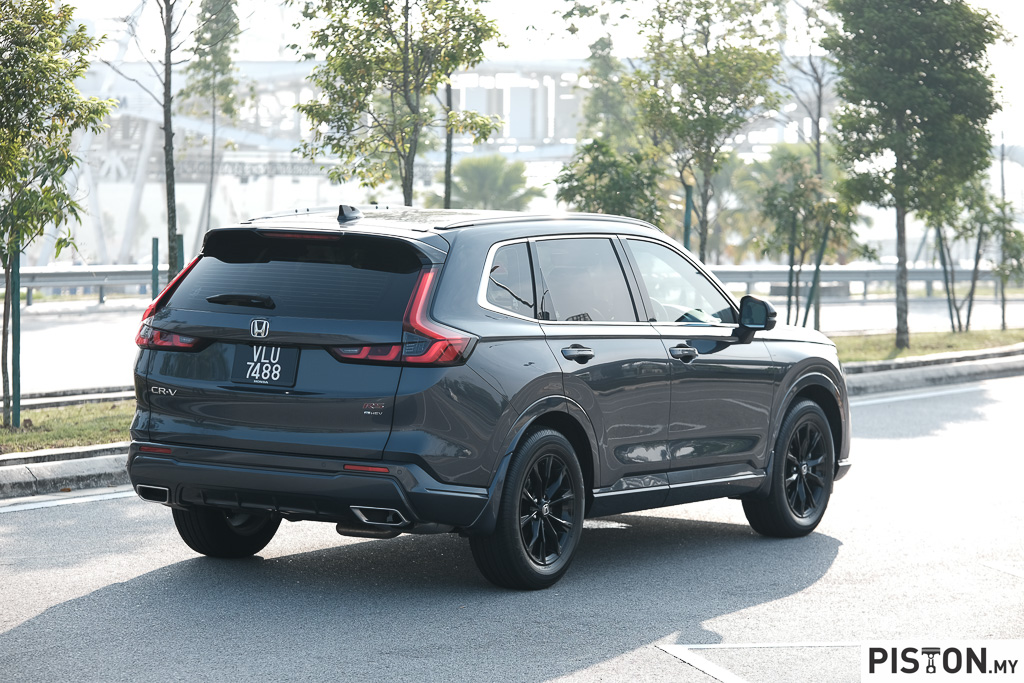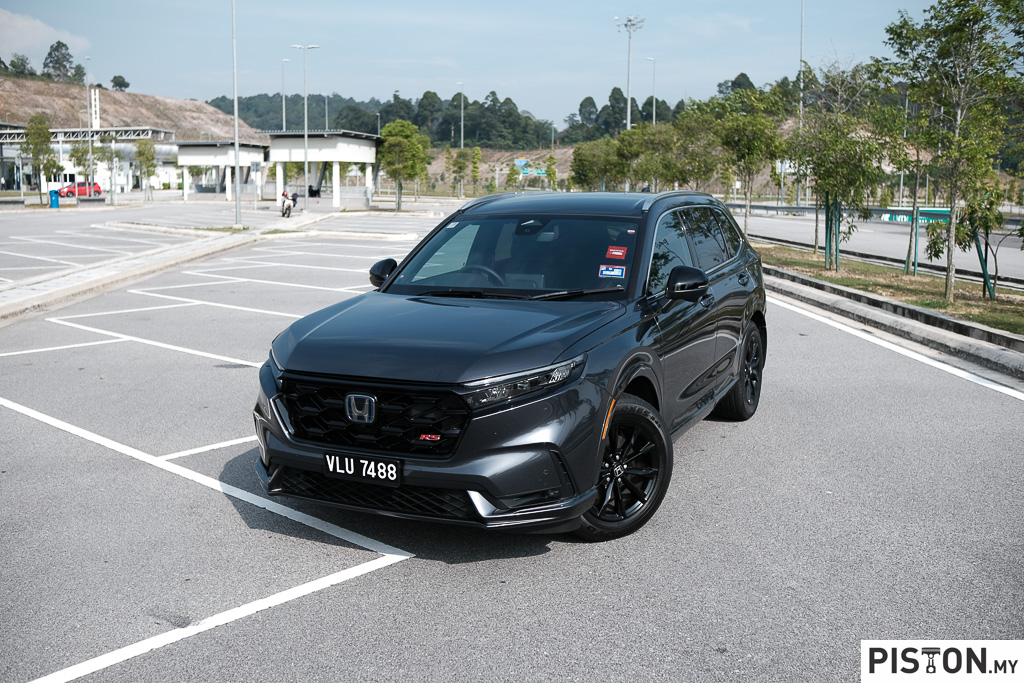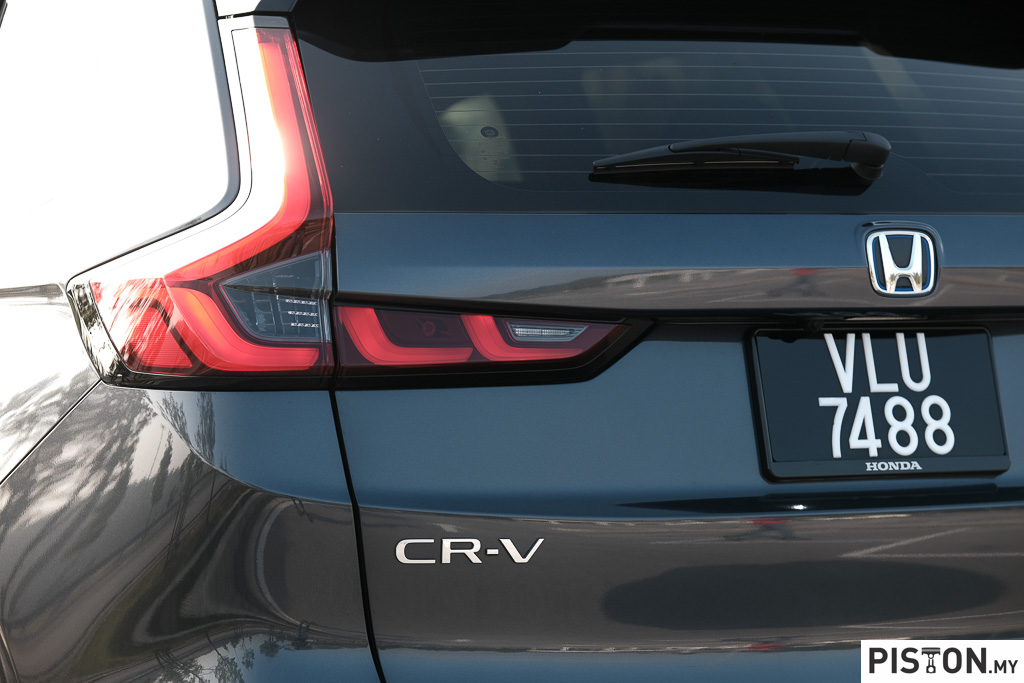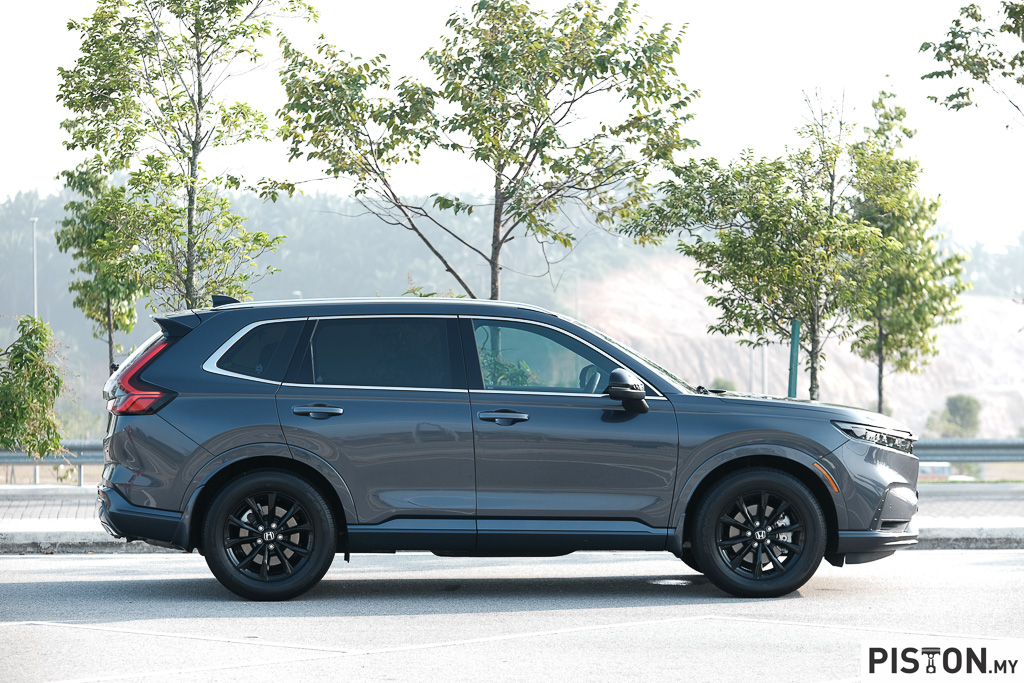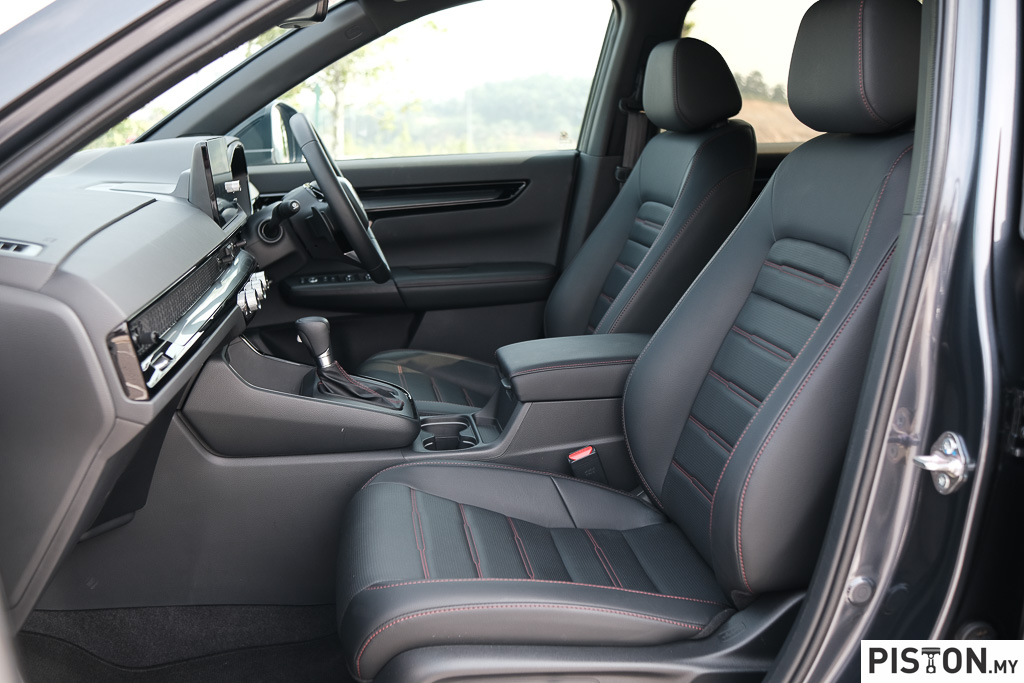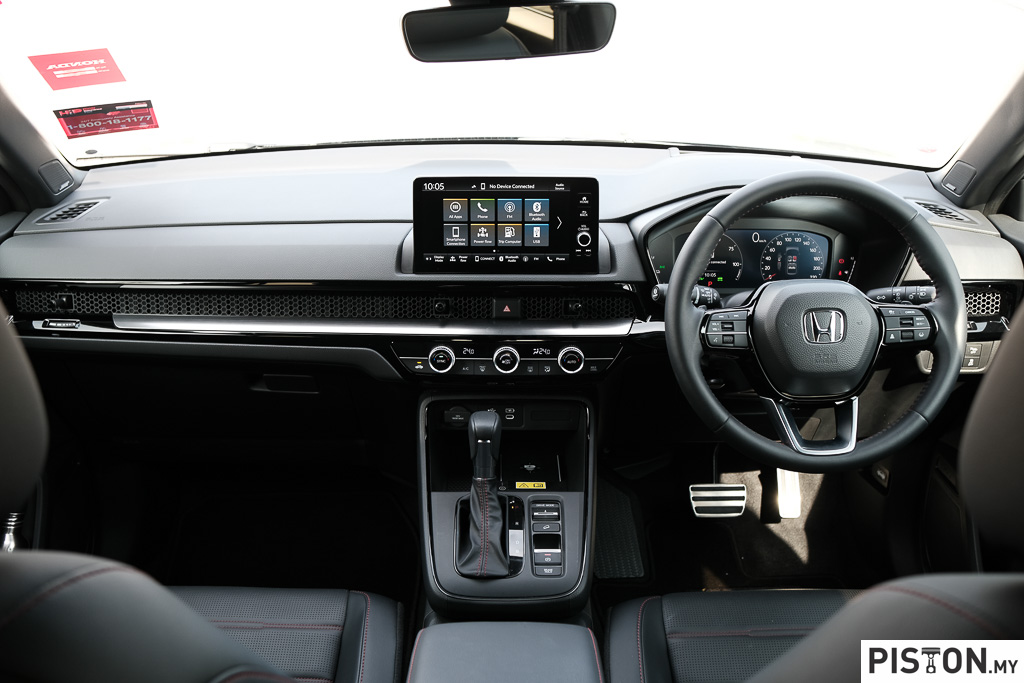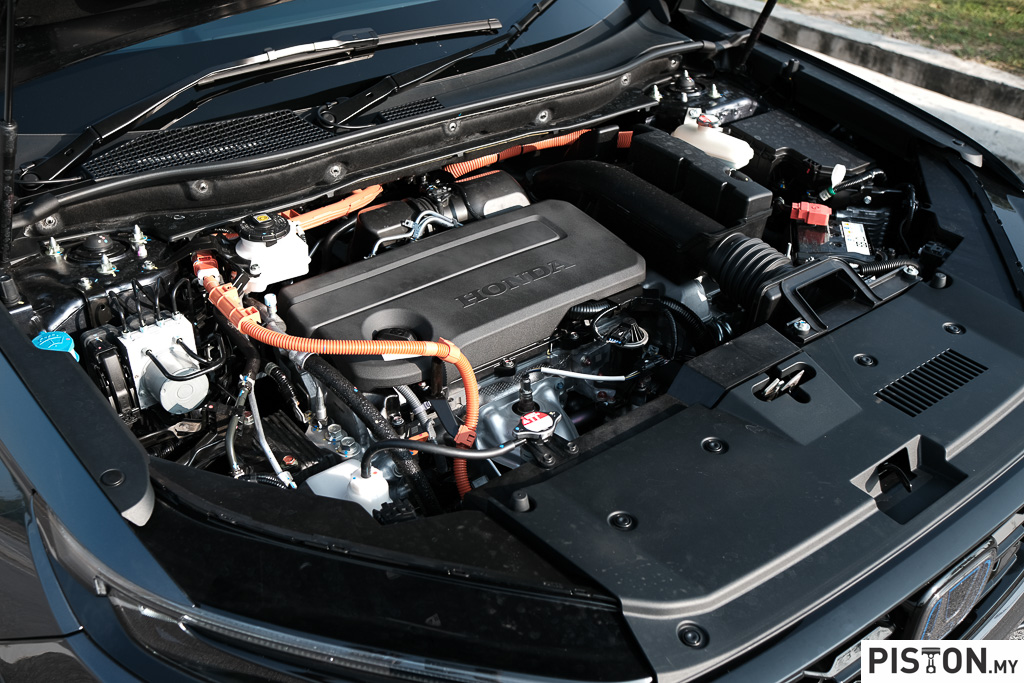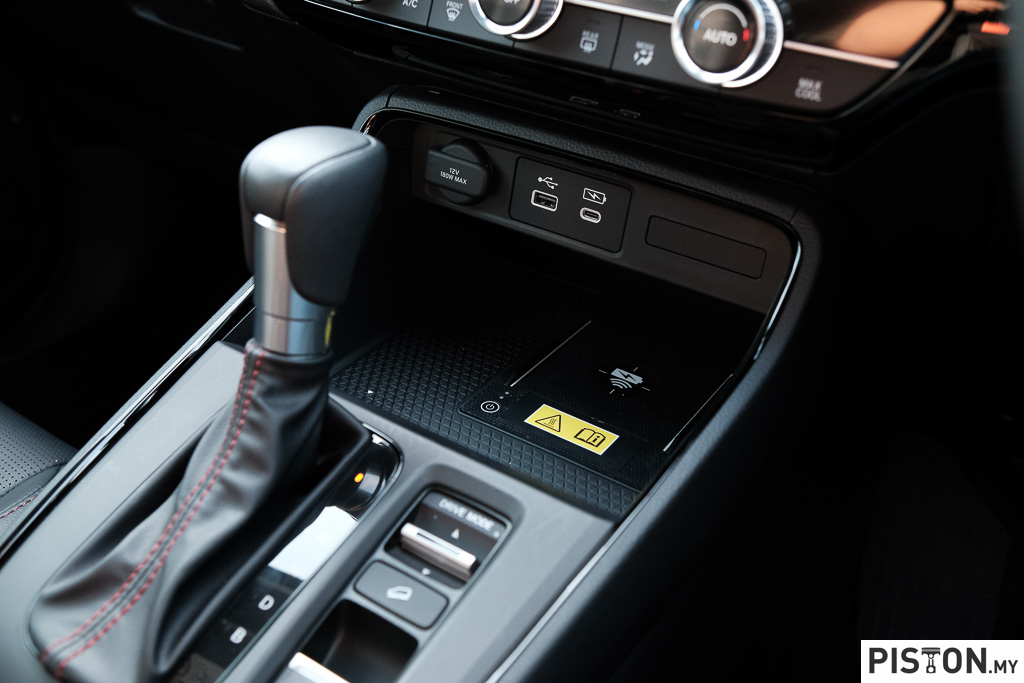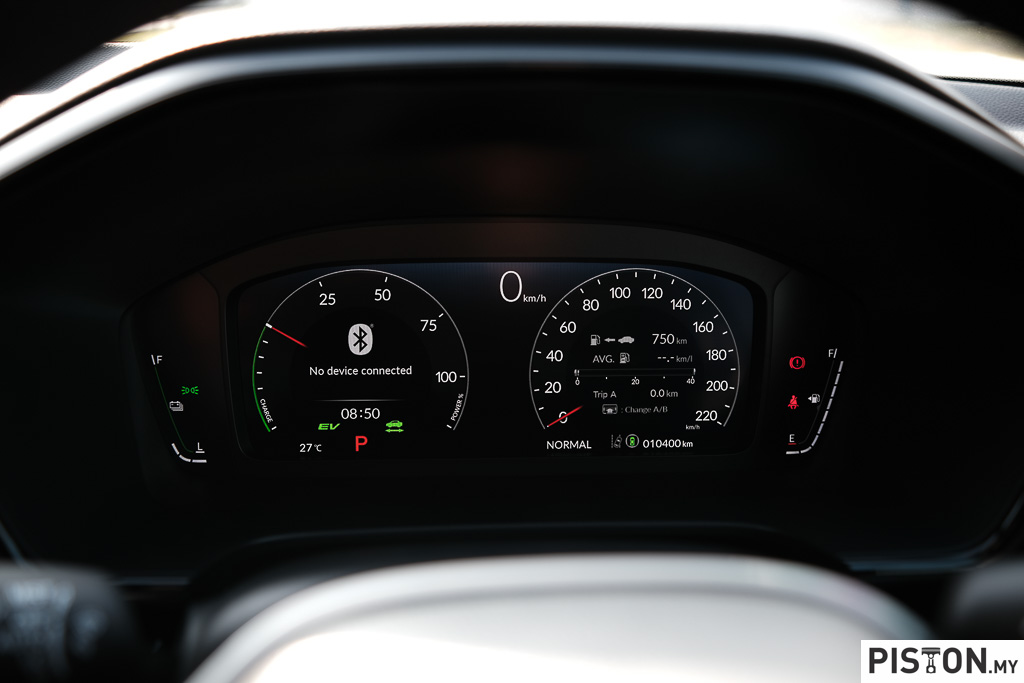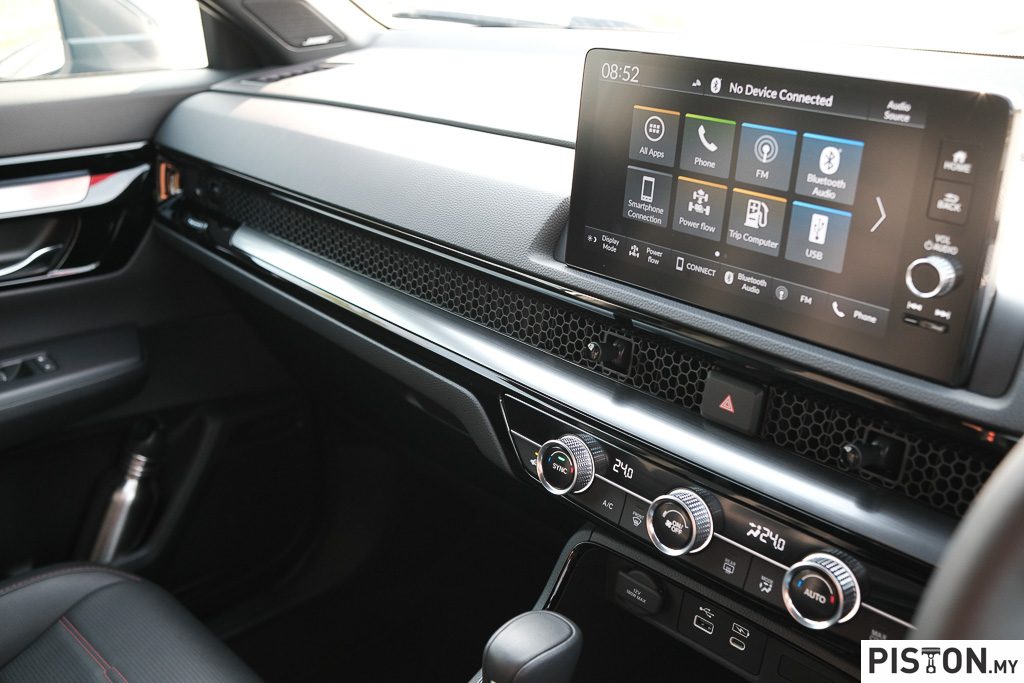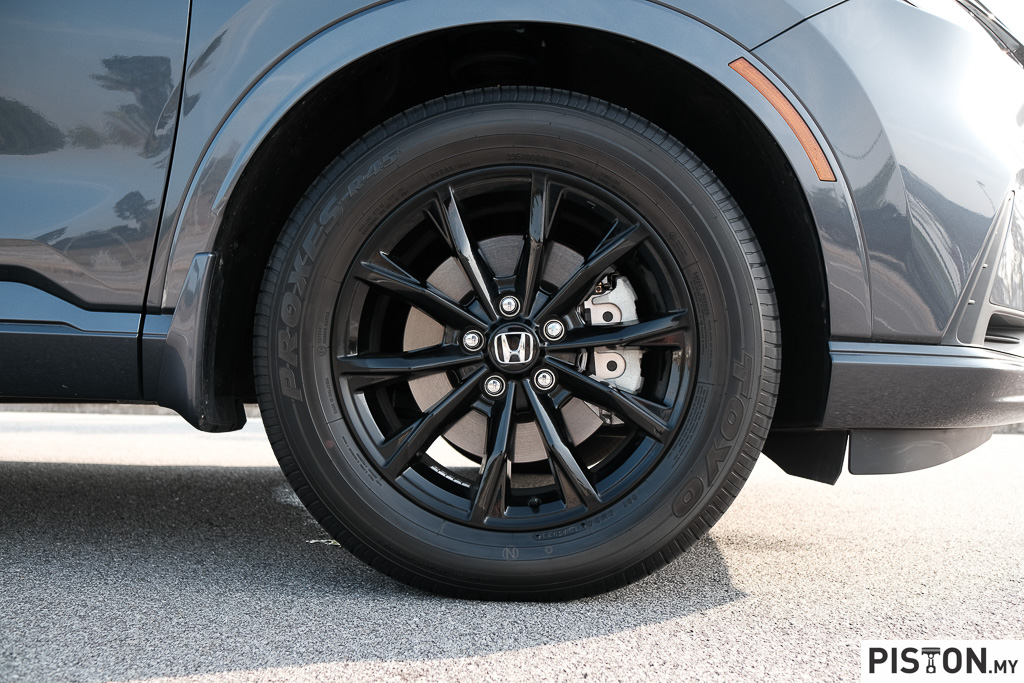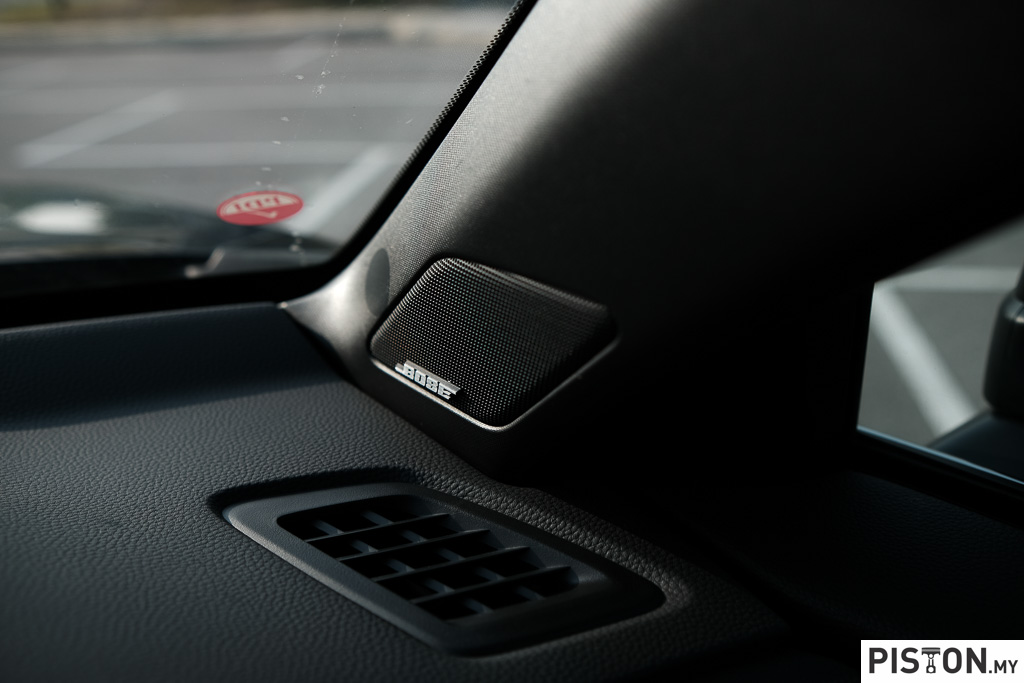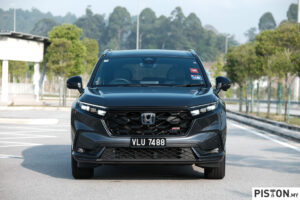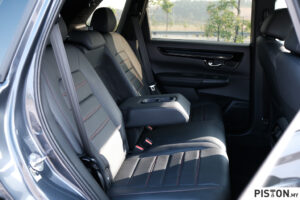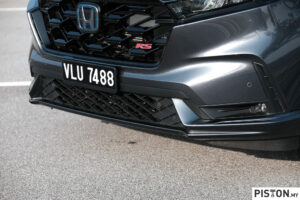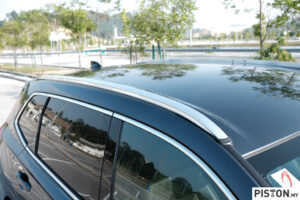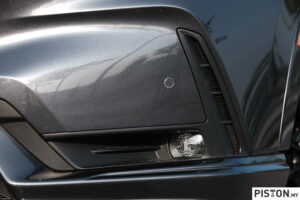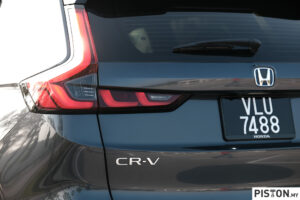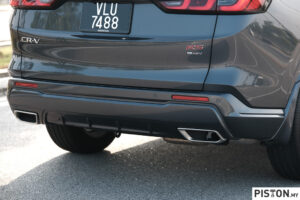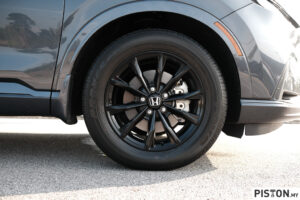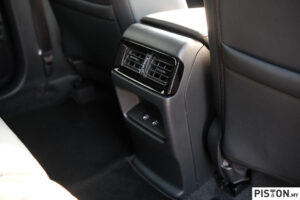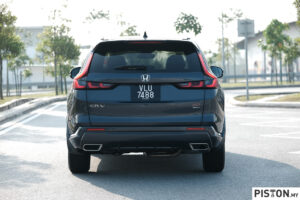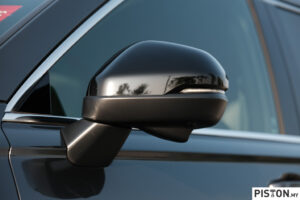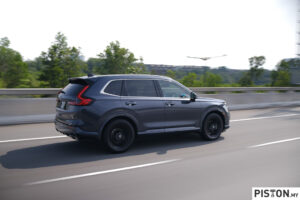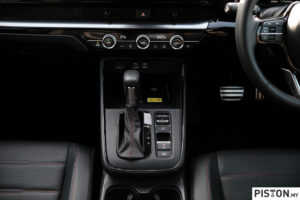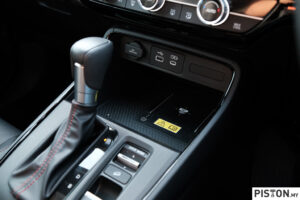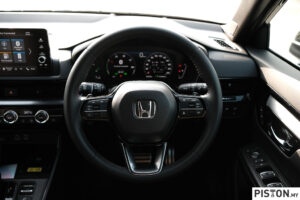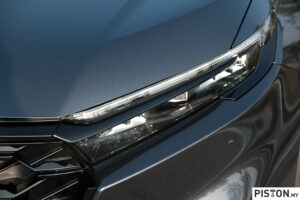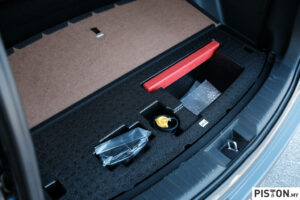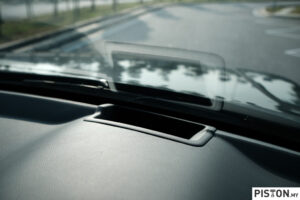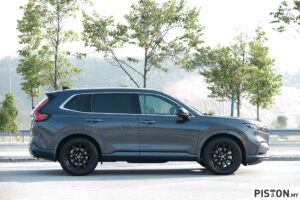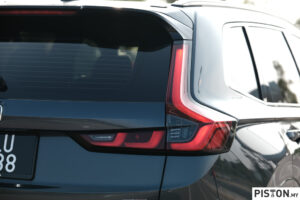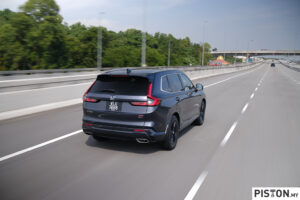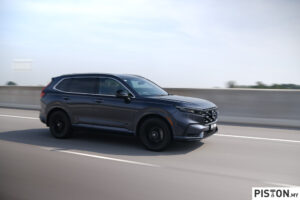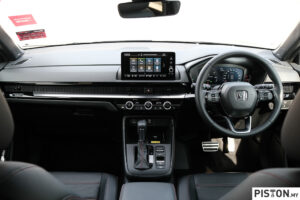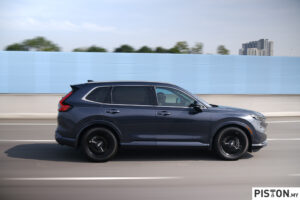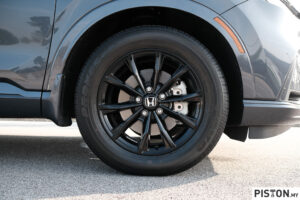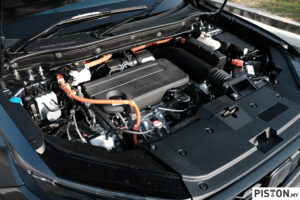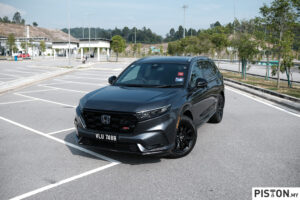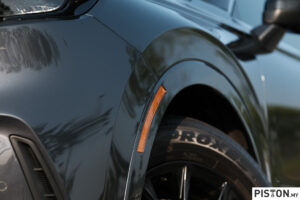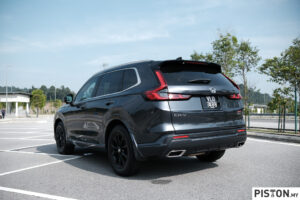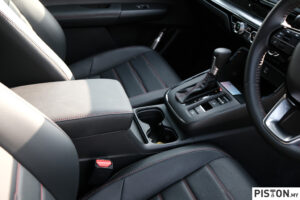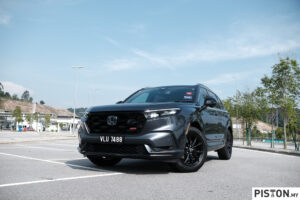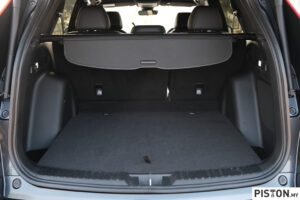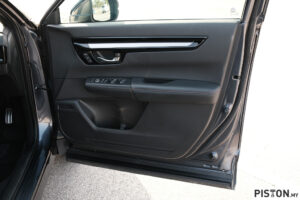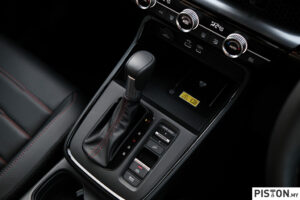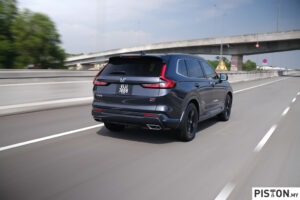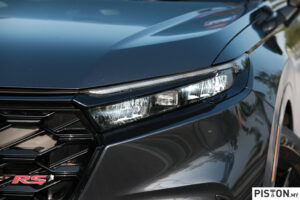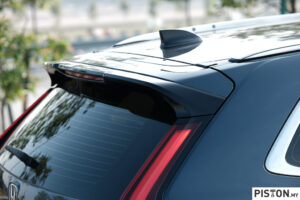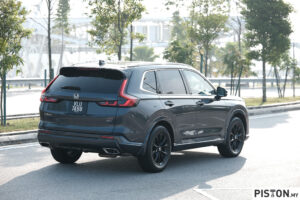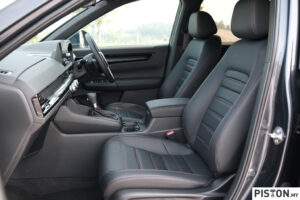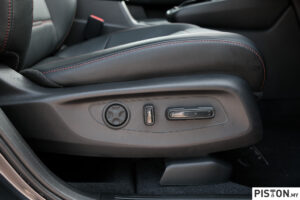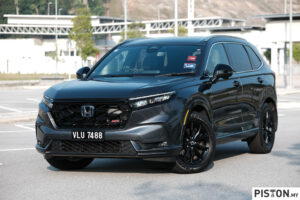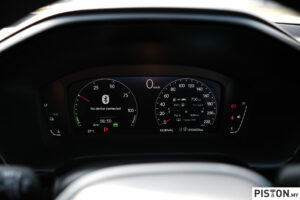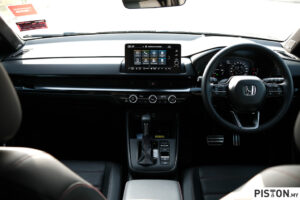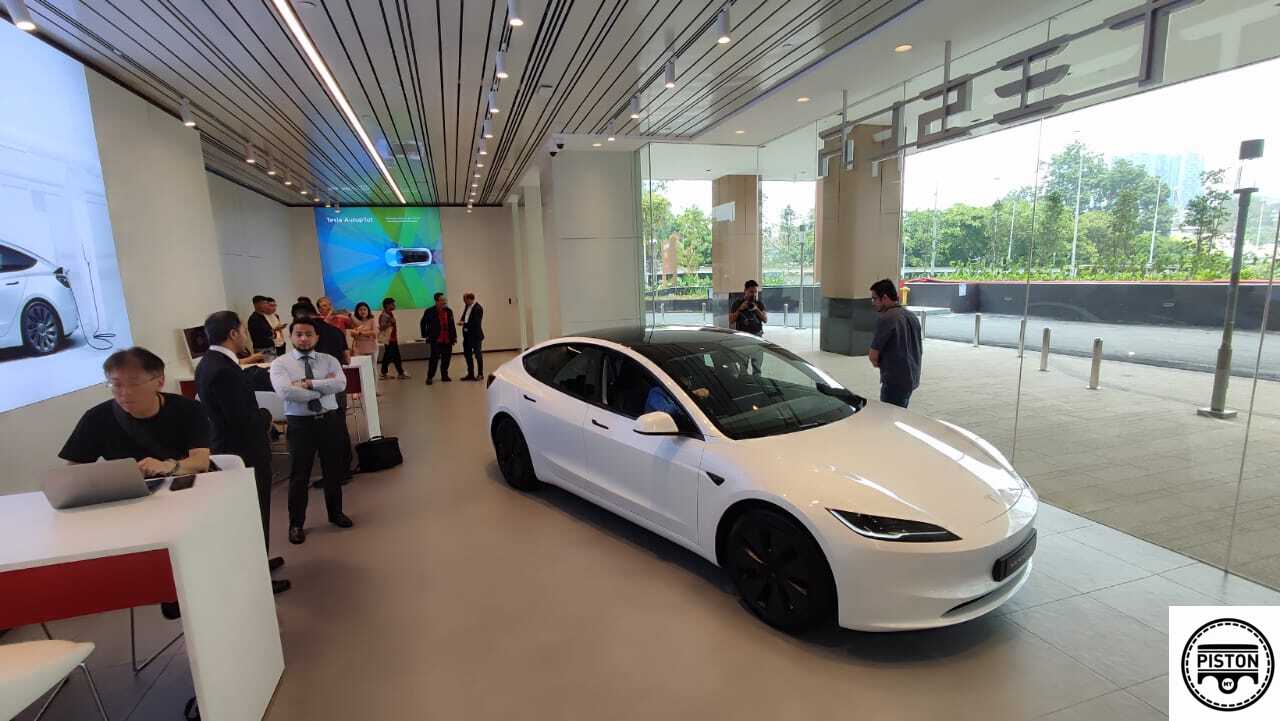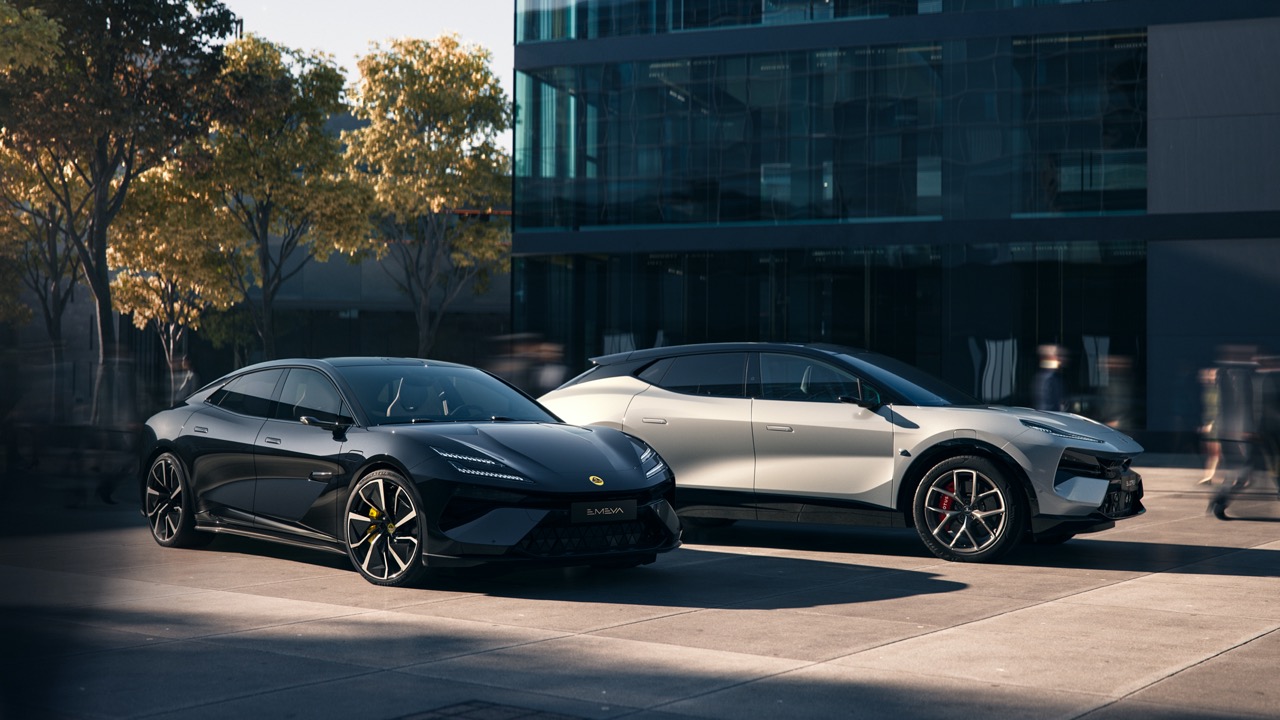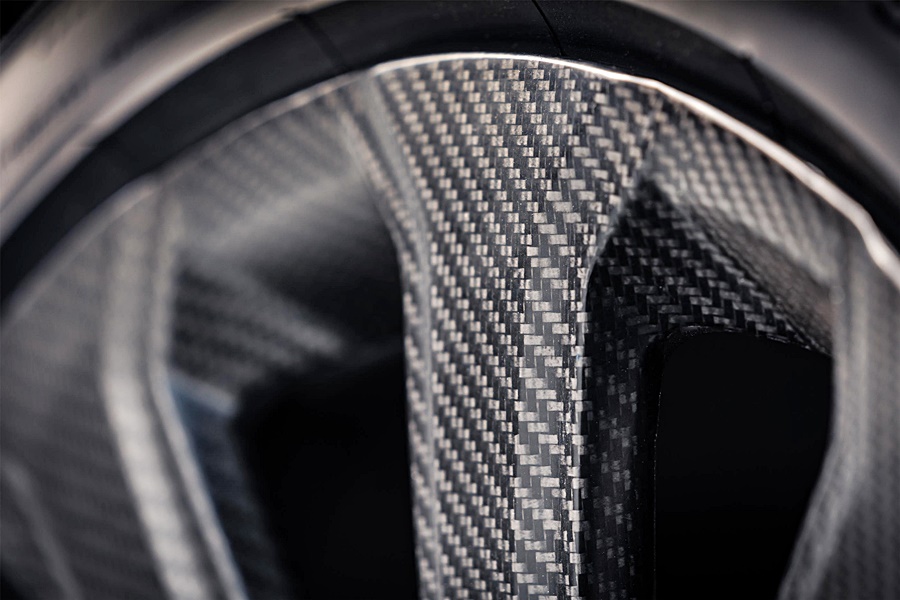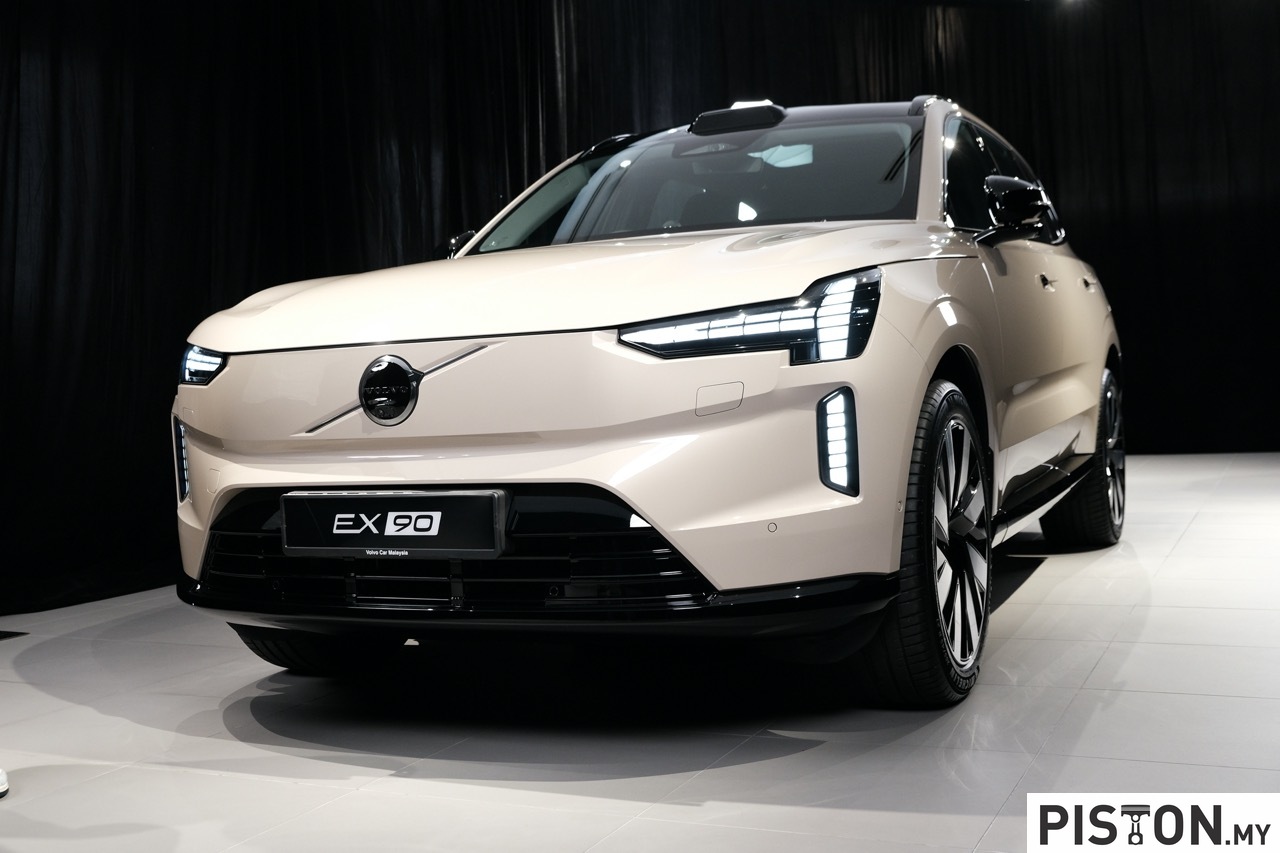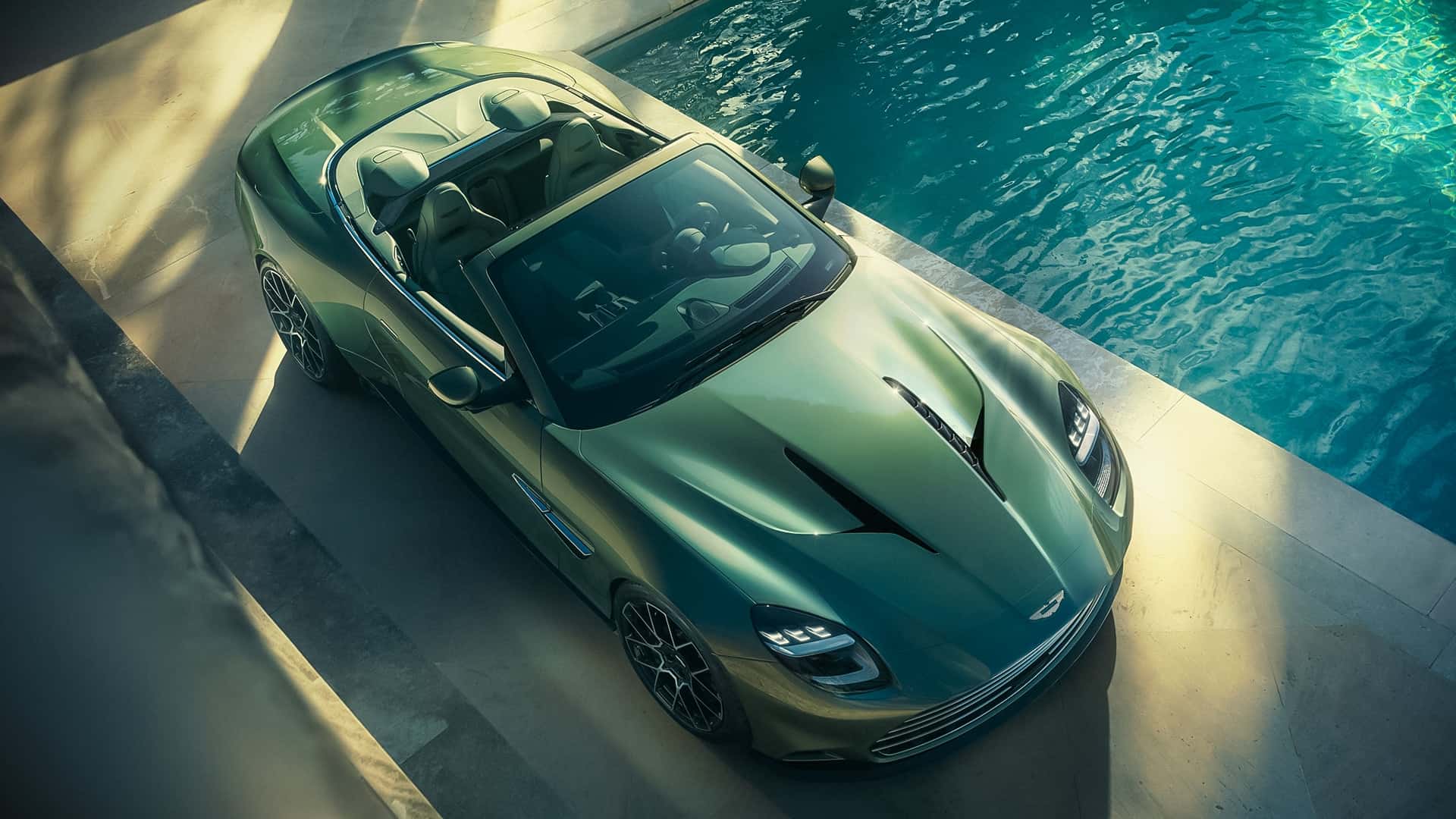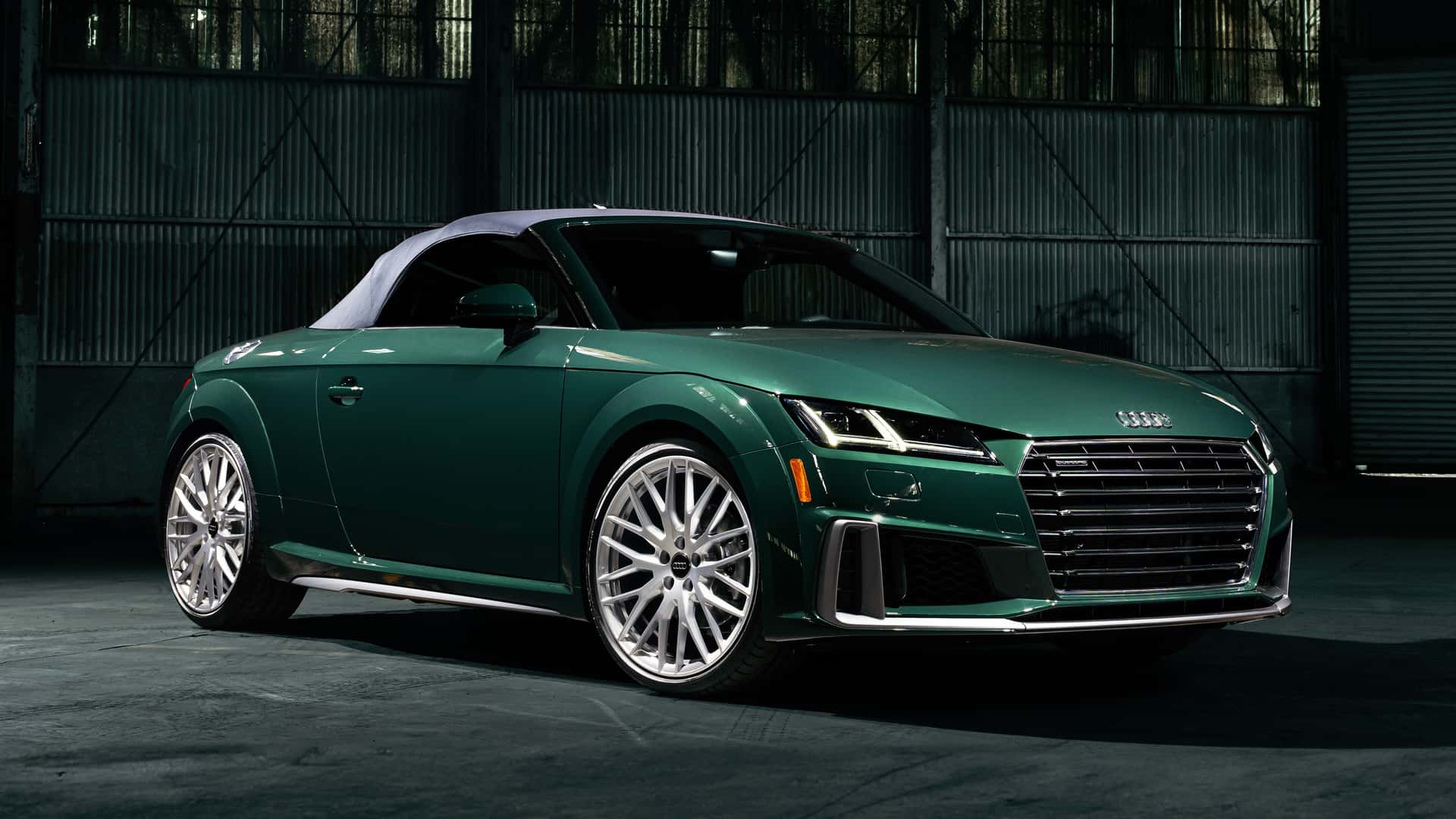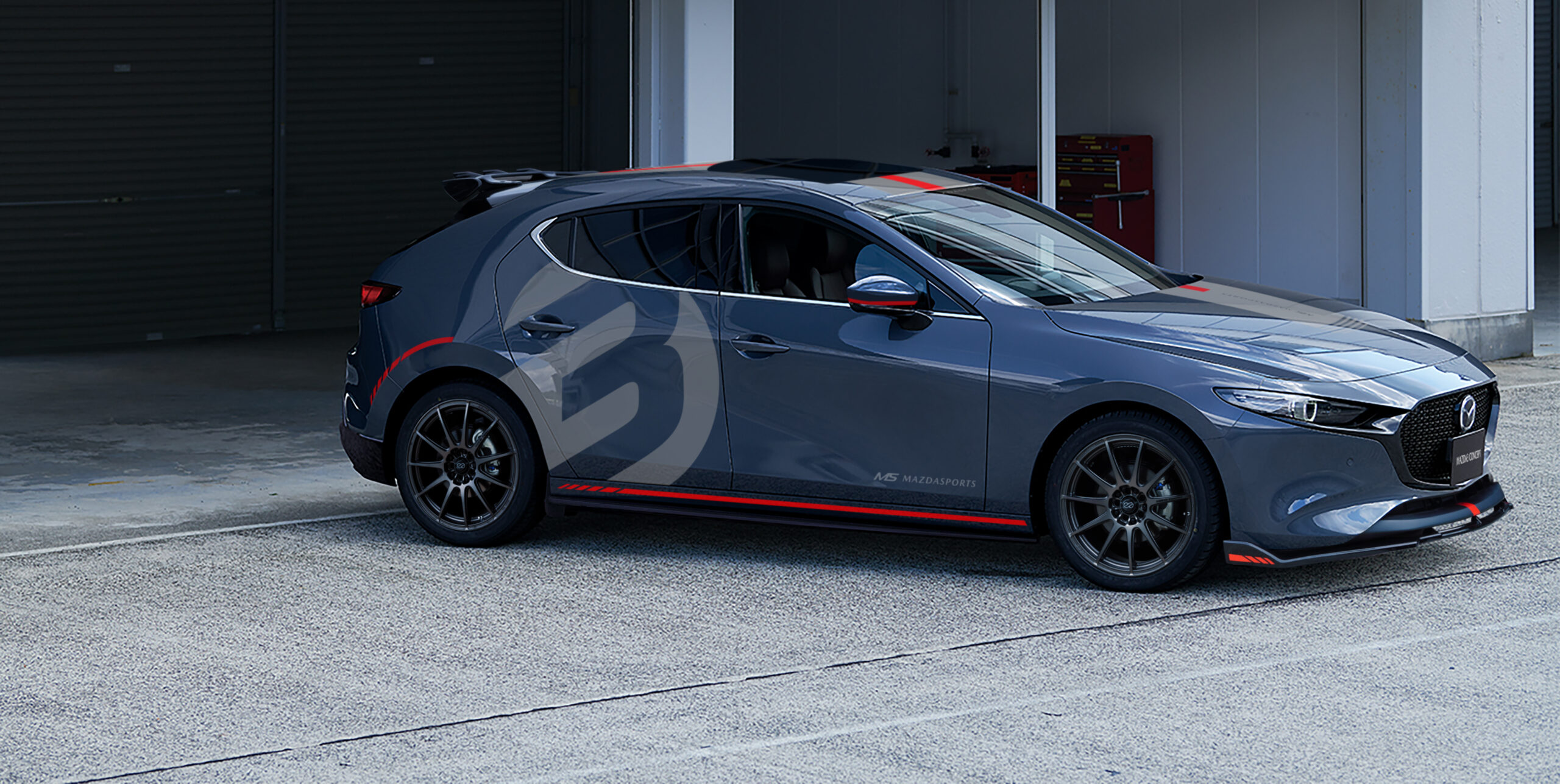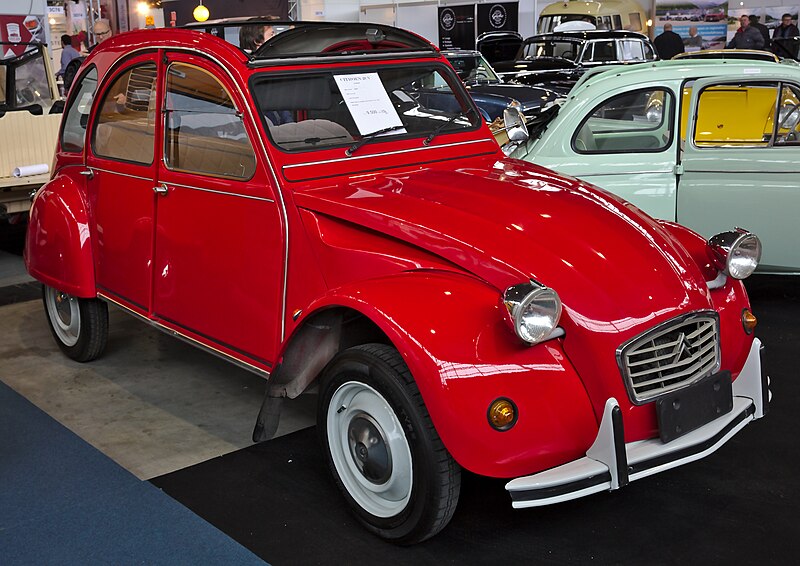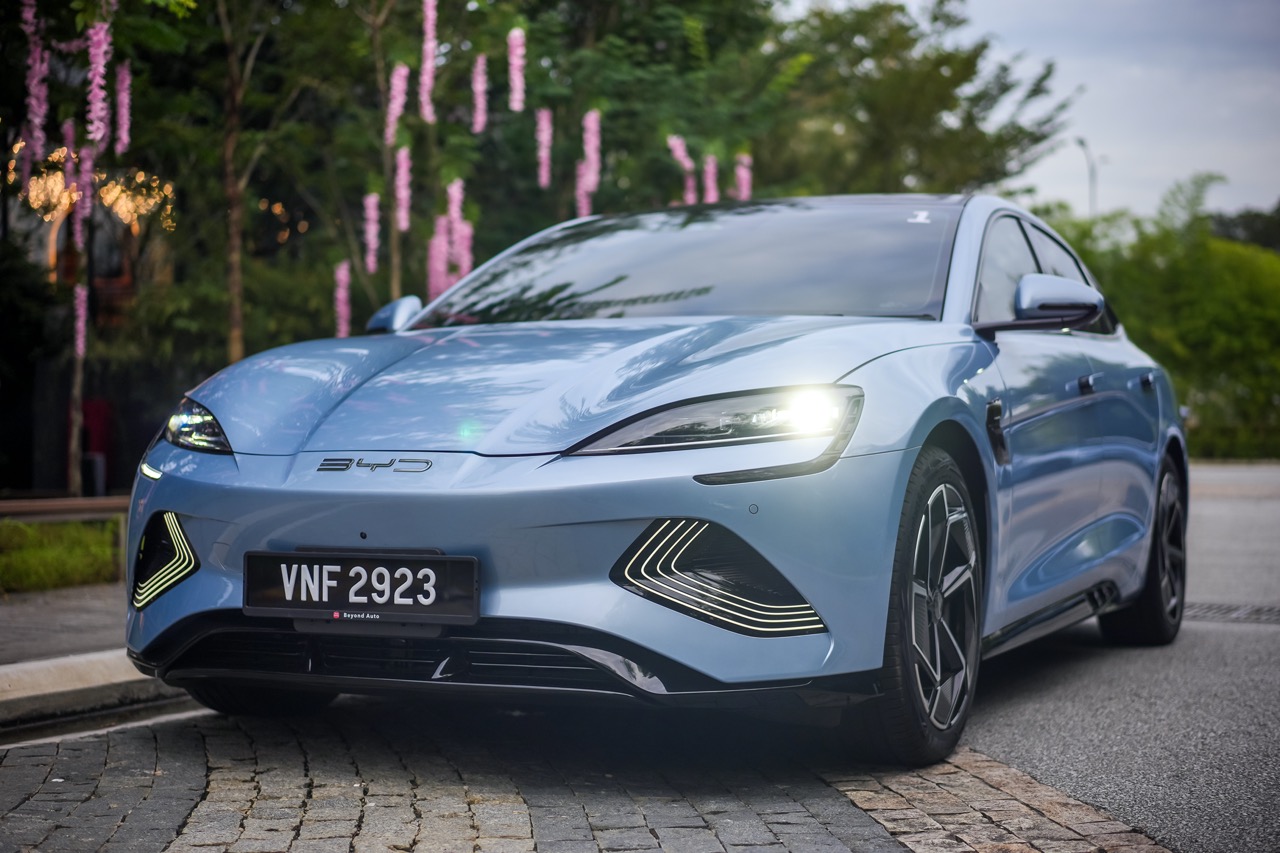The imminent removal of petrol subsidies has had many Malaysians on edge. With the government holding their cards close to their chest, the eventual price of unsubsidised petrol is anyone’s guess at the moment.
There is no telling who will receive subsidies either, and that has resulted in some pockets of discontent. Some are already planning on what to do next once subsidies are lifted. Some strategies include shifting their mode of transportation to riding a motorcycle and relying on public transportation.
Some are even considering shifting to electric vehicles, but that may not be to everyone’s appetites. EV’s work great if one has easy access to a charger, whether at home or in a public place. If recharging requires going out of one’s way, then it will only be a matter of time that the convenience becomes an inconvenience.
On the other end of the spectrum, hybrids are becoming increasingly popular as well, driven by Japanese marques that have shown that a properly engineered hybrid system can offer efficiency levels that make more sense than having to invest in home charging. Or wasting time plugged in for about an hour or so while the car recharges.
Honda is one of those said marques, and though it does have an impressive line-up of electric vehicles with up to one of them rumoured to be making its way to Malaysian shores very soon, its line-up of hybrid models is also some of the most efficient in the market.
The Honda City and Civic hybrid models (called e:HEV in Honda lingo) have been in the market for a while already and are both capable of some astonishing mileage. The City hybrid for example is theoretically capable of travelling 28km per litre of fuel while the Civic hybrid on the other hand is said to be capable of a range of 25km per litre.
That is some impressive mileage per litre, and even if you subtract five to seven kilometres from that range just to factor in real world challenges, that would still be remarkable.
Honda Malaysia expanded its hybrid line-up late last year with the introduction of the Honda CRV e:HEV RS, or CRV hybrid in short. It is also quite efficient and can travel a claimed 20km on a litre of fuel. And during a recent road trip to Ipoh, we got quite close to that figure, achieving 19.7km on a litre of fuel, and this was on a highway drive over a long weekend. Including the stop start traffic that our highways are infamous for so that means plenty of fuel guzzling acceleration as well.
The all-new sixth-generation Honda CRV has undoubtedly improved by leaps and bounds over its predecessor with an all-new design and technologies that can put some of its more expensive competitors to shame.
In fact, after driving one for a few days, I am of the opinion you don’t really need anything else if fuel efficiency, comfort, tech and seats for five is what you want in a car.
But before we dive into that, let’s get the basics out of the way first. The design of the car has obviously changed tremendously but there are also elements that are a nod to CRV’s of past. Such as the rear lights that stand vertically at the edges of the car, just like that of the first CRV.
It is also bigger in every sense of the word, and Honda did not try very hard to hide that fact. The a-pillars for example have a steeper rake and are placed further back, this makes the bonnet look exceptionally long.
But if you need further confirmation of its size, the numbers don’t lie. As compared to the previous model, the new CRV is 80 millimetres longer, 10 millimetres wider while the wheelbase is longer by 40 millimetres. This does not only make the car look big, but it also results in improved interior acreage.
Besides feeling more premium with high quality materials, the seats are one of the biggest improvements inside the car. The previous generation CRV had smallish and rather hard seats, and this made it difficult for plus sized people to get comfortable.
The new seats however have improved on that and are bigger and better than before with plush padding that give you the sensation of sinking into the seats rather than sitting on them. Both front seats in the hybrid model also offer electronic adjustability with the driver’s seat offering memory function.
The rear has 16 millimetres more legroom than before and are also reclinable by 10.5 degrees for added comfort over long distances. For real-world reference, my four-year old kid’s legs will be kicking the back of the front seat every time he is in his tethered child seat in the family’s Mazda CX-5. He couldn’t reach the front seat in the CRV, how’s that for perspective?
The dashboard of the CRV is almost identical to the one in the Civic, but that’s not a bad thing as it does not feel like it is lacking on anything. In fact, there are features that more expensive cars don’t have, such as the 12-speaker Bose sound system that brings out the best in classics like Metallica’s S&M album.
The nine-inch centrally mounted infotainment system provides all the necessary updates and access to navigation and entertainment. The 10.2-inch instrument cluster on the other hand provides crystal clear read outs and is also fully customisable, so you can have it show your real time consumption and remaining range on the right while the left shows you what you are listening to. And Google Maps could be displayed on the infotainment screen. That’s how I had it set up and it was perfect.
However, the real magic of the CRV hybrid lays underneath and ahead of you. The CRV hybrid utilises a pairing of an internal combustion engine together and an electric motor. Honda calls it the Intelligent Multi-Mode Drive (i-MMD) and it is quite an intelligent powertrain.
The engine is a 2.0-litre, naturally-aspirated, Atkinson-cycle four-cylinder plant that produces 148PS and 190Nm of torque. The electric motor bumps that figure up to a total of 184PS and 335Nm.
There is no transmission in the traditional sense so both mills can send power independently to the front wheels through a lock up clutch. At lower speeds the electric motor provides propulsion while the petrol driven engine takes over at higher speed. They can also each send it concurrently for extra hauling power. Honda calls it e-CVT since it is easier to name it rather than explain the complicated tech behind it.
It is this ability to switch between the electric motor and engine or utilise both that makes the CRV hybrid such an efficient car. And it does so seamlessly without you even feeling the system switching. There is only that occasional whir of the engine that gives it away, but you will be hard done to notice that too.
You can barely hear the engine working from the inside of the car because the interior is unbelievably quiet. This silence is courtesy of three features that work together to keep noise and vibrations down to a minimum.
The first is the usage of double pane windows all around the car. This means the CRV hybrid utilises two layers of glass rather than just one and this works wonders for sound insulation and noise reduction.
The second is the Active Noise Control feature that works by emitting noise cancellation frequencies. This suppresses ambient sounds before it reaches the human ear, but it is not new technology, just a very good one used in the right car.
And finally, the CRV hybrid utilises noise reducing wheels. The 18-inch wheels of the hybrid variant uses hollow resonators placed inside the wheels to suppress unwanted resonance such as road surface sounds, before it reaches the cabin. The CRV hybrid is the only model in Honda Malaysia’s line-up to come with such wheels.
So, the Honda CRV hybrid has truly matured to become arguably the finest SUV in its segment. However, it is not quite a perfect package, yet. It has one feature that, when offered, would be the icing on a very fine cake.
Hondas sold in Malaysia still do not come with a Blind Spot Monitoring system, and in its place is the Honda Lane Watch Camera. This shows you what is on the left of the vehicle through a grainy video image that is displayed on the infotainment system. It does not show you what is on the right of the car though, so looking over your right shoulder is still recommended.
But considering that Hondas sold in some markets are beginning to offer Blind Spot Monitoring, it is just a matter of time for such a feature to make its way to Malaysia. And when it does, the Honda CRV hybrid would be impossible to fault.
At RM195,900, it is considered a bargain as well for all that you are getting. And with the removal of petrol subsidies around the corner, I suspect that demand for such fuel-efficient cars is bound to increase. So, will we see more Honda CRV hybrids on our roads? I believe so, and now would be a great time for Honda Malaysia to start playing up the fuel efficiency levels of its hybrid range.
Specification:
Engine: 2.0-litre, 4-cylinder, 16-Valve, i-VTEC (Atkinson Cycle) with electric motor
Power:184PS @ 5,000rpm (Combined)
Torque: 335Nm @ 0-2,000rpm (Combined)
Transmission: e-CVT
Suspension: MacPherson Strut (Front) / Multi Link (Rear)
Price (as tested): RM195,900
We like: Interior look and quality, sound system, fuel efficiency
We don’t like: No blind spot monitoring system




